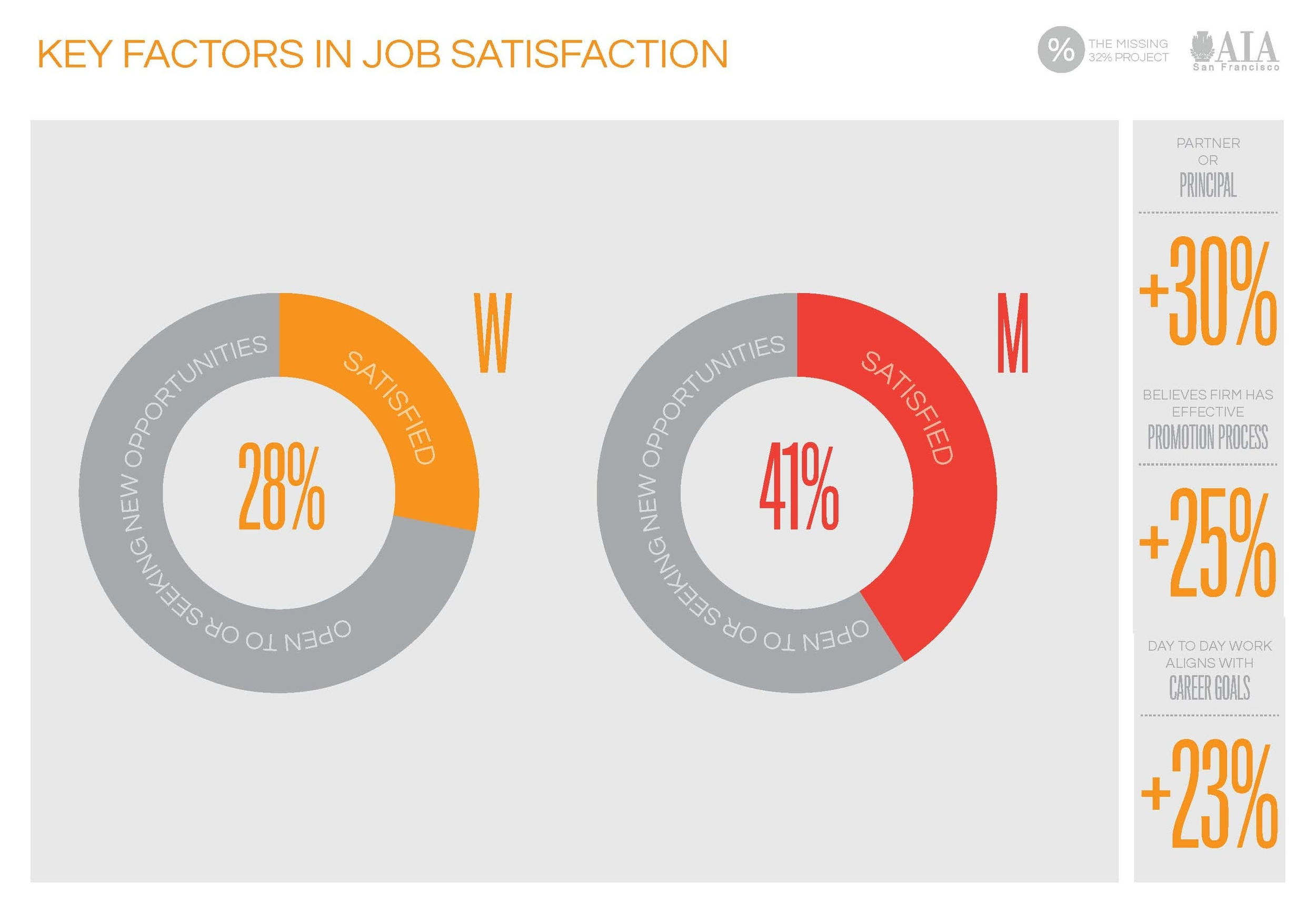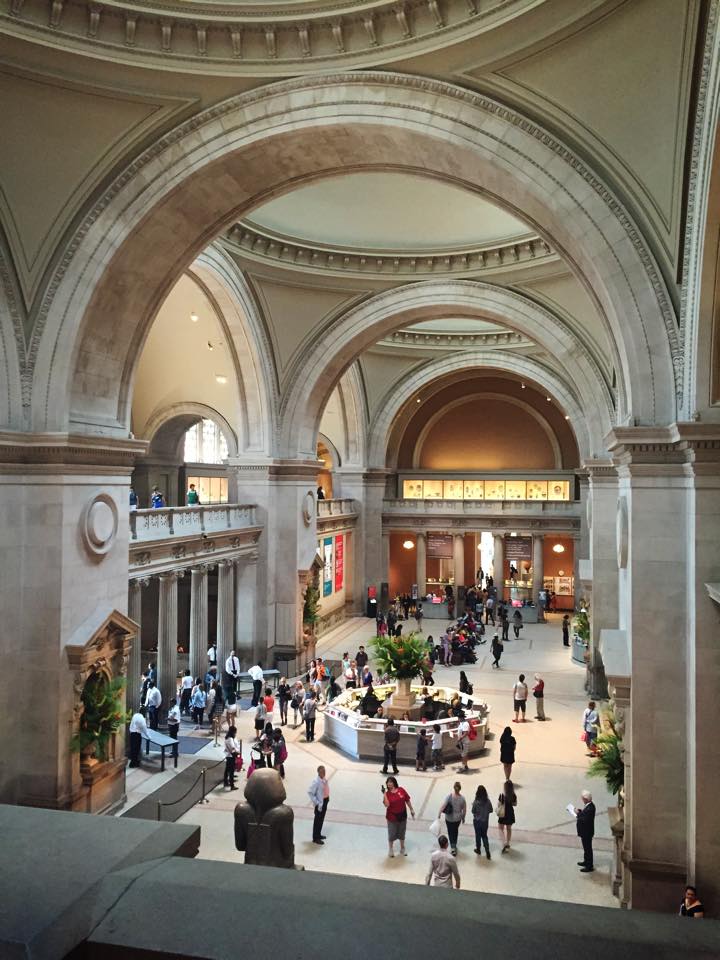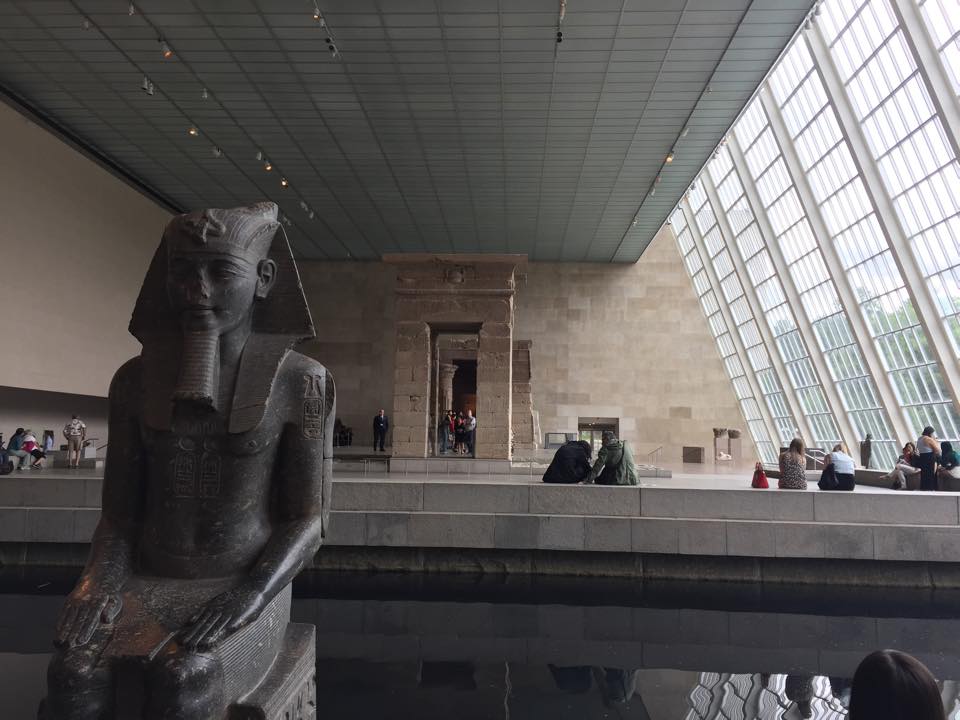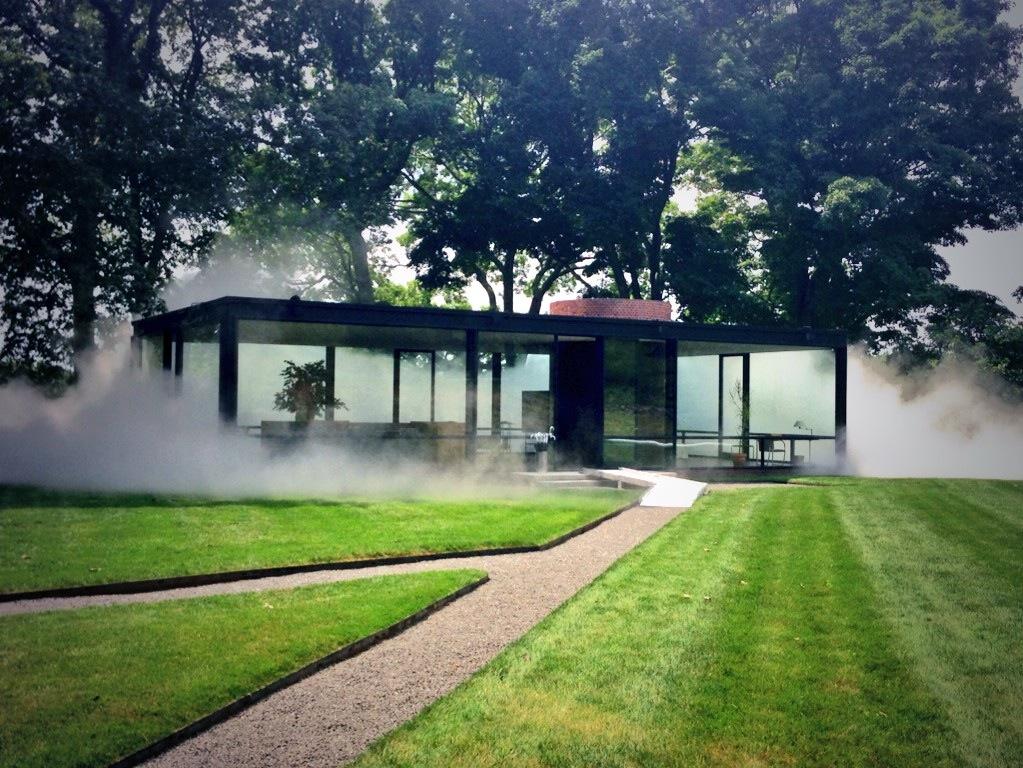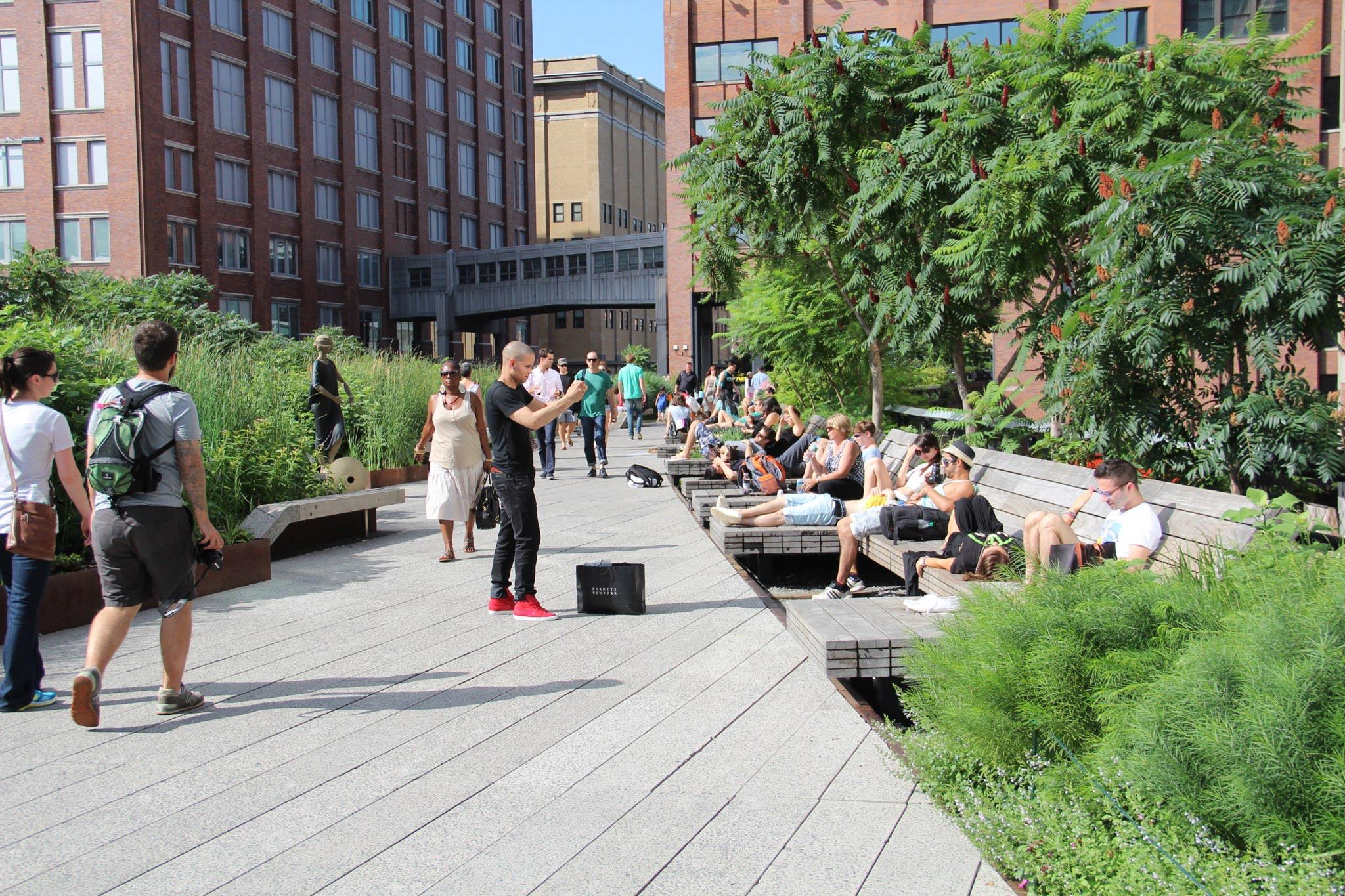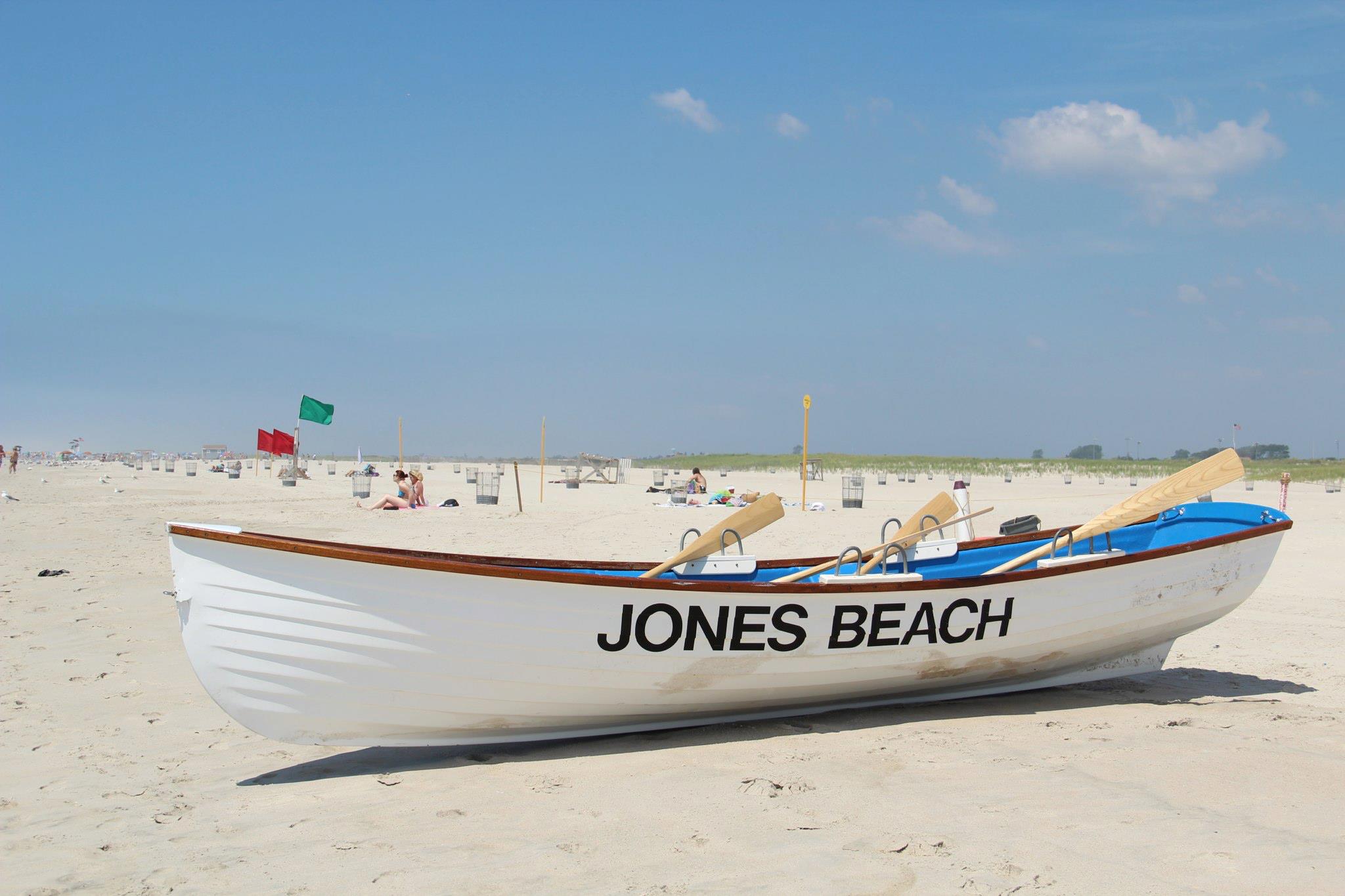Architecture And...The Era of Connection #Architalks 18March 6 — Rosa Sheng
This month's #Architalks 18 topic is "Architecture And..." and was suggested by yours truly to Bob Borson, AIA, the originator of "Life of an Architect" blog and #Architalks blog series. The term "Architecture And" came about in our Equity by Design committee meetings about two years ago when we were discussing how the profession would benefit more from an inclusive and collaborative mindset. Architecture And is also looking back to the roots of what architects use to do beyond "basic services" of design and documentation of buildings; master planning, programming, renderings, engineering, fundraising, and master builder. In the last 2 decades, the advancement of technology has expanded more quickly than professional practice has been able to keep up.
During the Equity by Design Symposium in 2014, one of the main break-out sessions was titled Architecture And to expand the conversation and definition of what is means to channel what people are passionate about and adapt it into new business models to support equitable practice. The positive feedback from that session led us to create a dedicated EQxD "U" Workshop - Architecture And in October 2015 with featured panelists who started as architects and have expanded their practice in different ways with great insights on their experiences.
Emily Grandstaff-Rice also wrote an article for YAF Connection that we republished in our blog . She reinforced and expanded our conversation about the importance of looking outward as a profession. "When it comes down to it, there is a value proposition at the crux of how architects can begin to innovate in practice. Think about it-architects as problem solvers; architects as strategists; architects as connectors--all possibilities."
Ever since I read Phil Bernstein's piece "The Era of Connection is Coming and Design will Never Be the Same" from Autodesk's Line, Shape, Space, I have been thinking about the "New Era" and what it means for our profession. Our ability to adapt to a rapidly changing world, relies with us keeping up with constant disruption brought on with the hyper-advancement of technology. "How will people design and make things in the future?" The idea of inspiring innovation was also discussed at AIA Grassroots in Detroit by Keynote Speaker Josh Linkner. He suggested that we 1. Get Curious 2. Ask What's Next 3. Defy Tradition 4. Get Scrappy 5. Fail Fast, Adapt Fast to have the right mindset for innovation in our industry.
This May, at the AIA National Convention, we are featuring the 2nd EQxD Hackathon to further the discussion with "Architecture And the Era of Connections" on May 18th, 1-5pm. In the new edition of the EQxD Hackathon: Architecture And, the Era of Connection, we will start with an exploration at the intersection of design, architecture, tech and entrepreneurship featuring a diversely experienced panel. This will be an "out of the box" experience looking at the future of architectural practice beyond what we know today. We will be inspired by examples of innovation and the evolution of the business of architecture in the new digital economy.
During the second half of the workshop, participants will form small groups and develop a plan of action or business plan for a new product/service to positively impact the future of the architectural practice. At the end, Teams will present their concepts to judges in an "elevator pitch", and the winning team will present its "hack" to conference participants at the EQxD Happy Hour and social/networking event at at location near the Convention Center from 5:30pm-7:30pm.
Equity by Design is excited to announce that we will be providing scholarships to attend AIA National Convention 2016 pre-convention workshop WE315 EQxD Hackathon: Architecture And, the Era of Connection on Wednesday May 18th from 1-5pm located at the Philadelphia Convention Center. The scholarship is focused on providing access for Architecture School students, as well as recent graduates, emerging professionals, and newly licensed architects to this "not to be missed" un-conventional workshop. Scholarship applications will be accepted from Feb. 22 thru March 11th w/ scholarship winners announced by March 18th. We are thankful for our EQxD Hackathon sponsors for making these scholarships available.
If you would like to hear the other interpretations of #Architalks 18 Architecture And, you can read them here.
Bob Borson – Life of An Architect (@bobborson)
Life of an Architect
Marica McKeel – Studio MM (@ArchitectMM)
Architecture and Photography
Jeff Echols – Architect Of The Internet (@Jeff_Echols)
Architecture and a Future Without Architects
Lee Calisti, AIA – Think Architect (@LeeCalisti)
architecture and __
Lora Teagarden – L² Design, LLC (@L2DesignLLC)
Architecture and Travel
Jes Stafford – MODwelling (@modarchitect)
Architecture and Gaming
Eric T. Faulkner – Rock Talk (@wishingrockhome)
architecture and m&ms
Rosa Sheng – EquitybyDesign [EQxD] (@EquityxDesign)
Architecture And the Era of Connection
Michele Grace Hottel – Michele Grace Hottel, Architect (@mghottel)
#ArchiTalks 18: architecture and… the bigger picture
Meghana Joshi – IRA Consultants, LLC (@MeghanaIRA)
Architalks 18: Architecture and Mathematics
Amy Kalar – ArchiMom (@AmyKalar)
Architalks 18: Architecture and … Parenting
Michael Riscica – Young Architect (@YoungArchitxPDX)
Architecture and Yoga
brady ernst – Soapbox Architect (@bradyernstAIA)
Architecture and Ego
Michael LaValley – Evolving Architect (@archivalley)
Architecture and Ego / The Architect’s Unique Struggle with ‘Good’ Design
Sharon George – Architecture By George (@sharonraigeorge)
Architecture and Kids
Emily Grandstaff-Rice – Emily Grandstaff-Rice FAIA (@egrfaia)
Architecture and More
Jarod Hall – di’velept (@divelept)
Architecture and the Myth of the Master Builder
Jeffrey A Pelletier – Board & Vellum (@boardandvellum)
Architecture and Interior Design
Samantha Raburn – The Aspiring Architect (@TheAspiringArch)
Architecture and Wrestling
Keith Palma – Architect’s Trace (@cogitatedesign)
Architecture + Memories
Adam Denais – Defragging Architecture (@DefragArch)
[#ArchiTalks 18] Architecture and Strange Travel Etiquette
Jim Mehaffey – Yeoman Architect (@jamesmehaffey)
Architecture and…my Generation.



